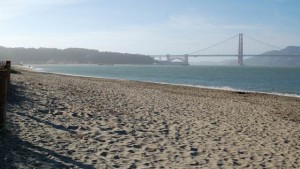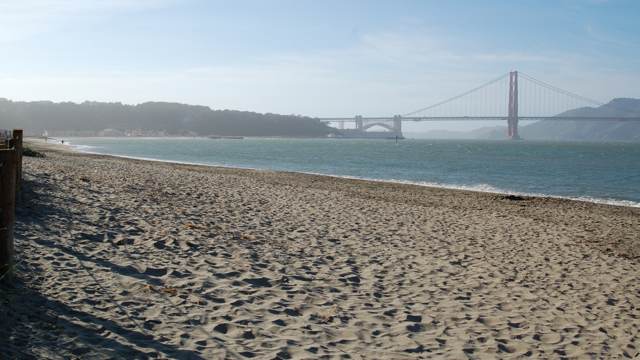
Sand . . . we play in it, we stroll on it, we make castles out of it, but what do we really know about it?
Most people use the term “sand” to refer to loose material on a beach, but sand is actually a grain size measurement used by geologists to describe sediments varying in size from about 1/16 mm to 2 mm in diameter. Sand can be found not only along ocean beaches, but along flowing rivers and beside land-locked lakes.
Mineral and volcanic sands are terrigenous, meaning that they come from the land. Mineral sands start as mountains and boulders and are gradually broken into smaller and smaller particles by weathering and erosion. Being alternately heated and cooled through the seasons, rolling and tumbling around in mountain streams and rivers, rocks are broken apart by the water’s movement. The black sand beaches of some islands (e.g. Hawai’i) are volcanic in origin. Lava rocks, chunks of cooled molten lava, are broken down into sand over time by physical and chemical weathering.
Some sand is biogenous, meaning that it comes from living things, such as mollusk shells and corals. The energy from water breaks shells down into tiny pieces that eventually are washed onto beaches. Parrotfish in the tropics use their teeth to scrape off and grind down bits of coral reefs; the undigested particles pass through the fishes’ digestive systems and end up as sand on tropical beaches!
If you examine the beauty of beach sand with a magnifying glass, the shape, size, and color of the sand grains can tell many stories.
